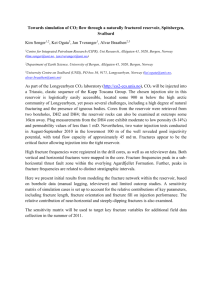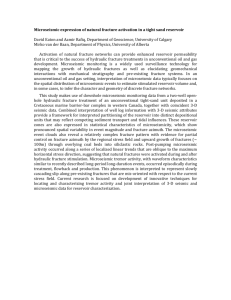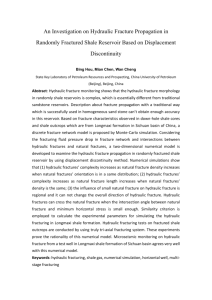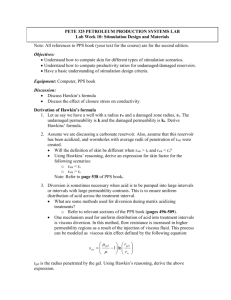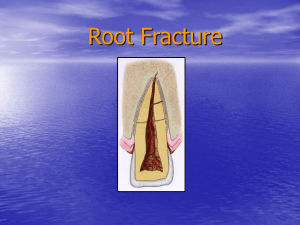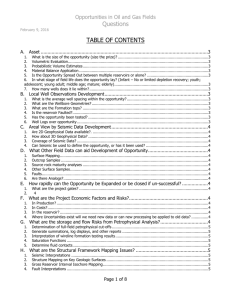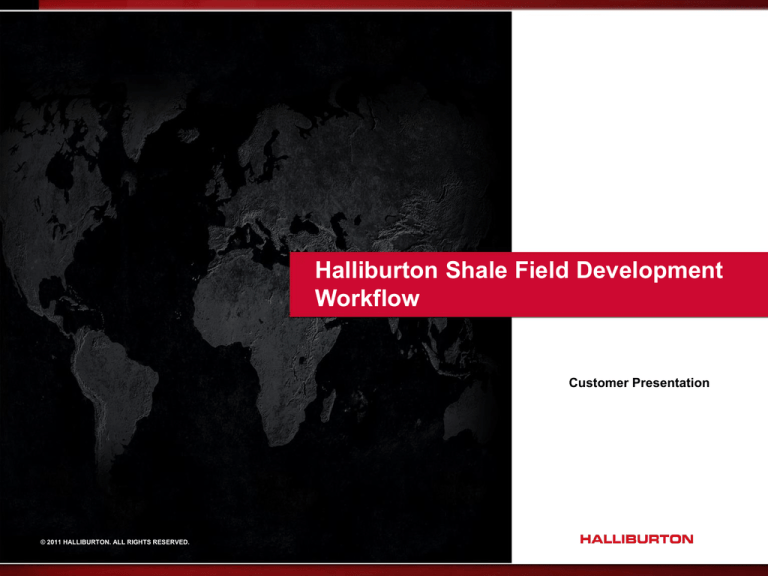
Halliburton Shale Field Development
Workflow
Customer Presentation
© 2011 HALLIBURTON. ALL RIGHTS RESERVED.
What is the Shale Field Development workflow?
This workflow uses shale reservoir
modeling and planning tools to
improve well placement,
completion systems and
stimulation design to more
accurately predict production and
improve reservoir understanding
Why are customers interested in the Shale Field
Development workflow?
Enhance short term and
long term production
Reduce the total cost of field
development
Maximize economic return
Improve understanding of:
– Reservoir geology & quality
– Well placement & spacing
– Completion & stimulation
design
Unique Features - Complex Fracture Design Model
Model the fracture
network
Measure and predict
complex fracture
growth using
microseismic and
statistical tools.
Incorporate complex
fracture designs into
field planning and
reservoir modeling
Unique Features – Shale Reservoir Model
Model reservoir attributes that
determine production potential
Shale algorithms to predict lateral
extent, fracture spacing and their
production dependence
Algorithms to predict/observe presence
and density of natural fractures
Geomechanical attributes linked so the
impact of draw-down and closure stress
on fracture conductivity can be included
in production estimates
Automated gridding from data input to
reservoir simulators
Unique Features – Shale Reservoir Simulator
Simulate impact of wellbore and
completion scenarios and fracture
characteristics on production
Quantify impact of fracture
treatment on field productivity by
coupling shale reservoir simulator
to standard fracture modeling tools
Simulate expected production using
SRV and fracture density
Measure success by matching
observed production to expected
Simulation within an uncertainty
and optimization framework for field
productivity
Unique Features - Integrated with DecisionSpace Desktop
View fracture treatment
results relative to other wells
in the region
View and calculate SRV in
context of the geological and
geophysical environment
Use microseismic data to
validate the complex network
fracture design model,
fracture density and intensity
Unique Features – Shale Field Planning Tools
Well placement optimization in
the DecisionSpace Desktop
conditioned to predicted
complex fracture network
Optimized well placement
based on reservoir attributes
that indicate high productivity
potential
How we do it – integrated model
Summary
Improve geological screening to more easily identify attractive
opportunities
Improve well placement where reservoir quality is best
Optimize designs for lateral length, number of fracture
treatment stages and fracture treatment design; Optimize well
spacing
Identify bypassed reserves opportunities through advanced
reservoir visualization solutions
Improve earth modeling linked to reservoir stimulation and
modeling for history matching and reliable production forecasts
Increase total recoverable reserves and enhance production
rate

